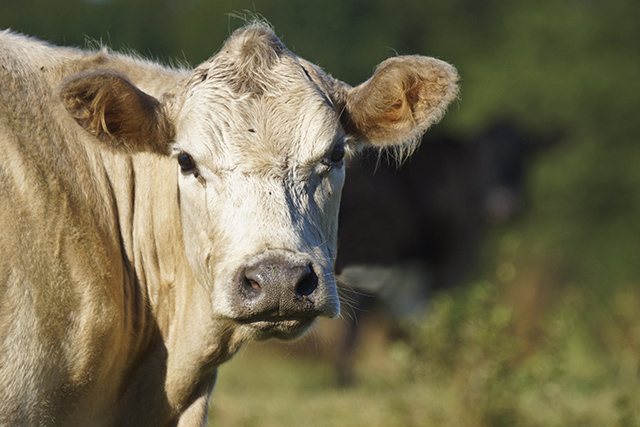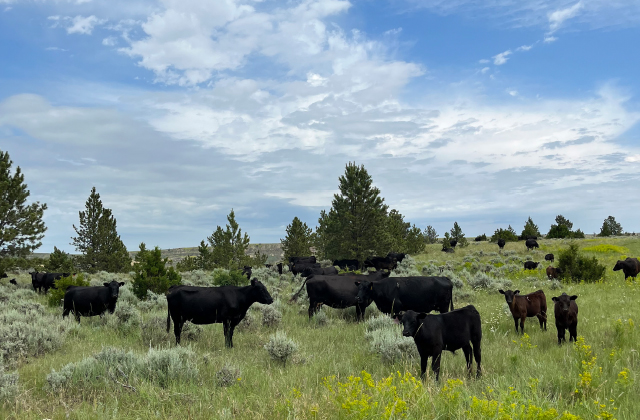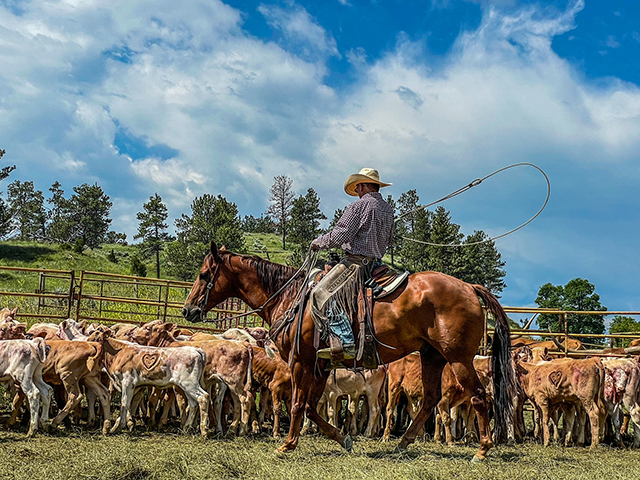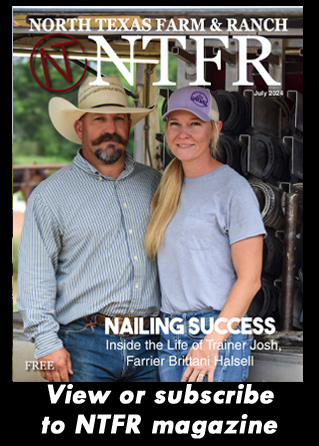Farm & Ranch
Grass Tetany (Hypomagnesemia)

By Barry Whitworth, DVM
With spring approaching, producers should be aware of a disease associated with rapidly growing forages. Hypomagnesemia is commonly referred to as grass tetany. The disease is a serious and often fatal metabolic disease that occurs in cattle and less commonly in sheep and goats. The disease is characterized by low blood and cerebral spinal fluid levels of magnesium.
Low level of magnesium in animals is associated with tetanic convulsions. The disease is often associated with grazing lush green pastures during cold rainy weather in early spring. Other names for hypomagnesemia are grass staggers, hypomagnesmic tetany, lactation tetany, or wheat pasture poisoning.
Magnesium is an important mineral because it activates many enzymes in chemical reactions in the body. Without this mineral, cells are unable to produce energy, transport genetic information, transport materials across cell membranes, and nerves cease to respond in a normal manner. Magnesium also plays a role in electrolyte balances in the body.
Maintaining magnesium levels requires adequate daily intake to meet the needs of the animal. Factors that increase magnesium requirements are fetal growth during pregnancy, milk production, soft tissue growth, and bone growth. Failure to absorb magnesium may lower blood levels as well.
To read more, pick up a copy of the February 2024 issue of NTFR magazine. To subscribe by mail, call 940-872-5922.
Farm & Ranch
Ag Elsewhere: Wyoming

By Tressa Lawrence
Ranchers across northeast Wyoming and the surrounding areas saw record moisture levels in 2023. The year 2024 has seen significantly less moisture to date.
Farm & Ranch
Ag Elsewhere: Montana

By Lindsey Monk
People are finishing up brandings. Here, Danny Walter is shown getting it done.
Farm & Ranch
Animal Disease Traceability

By Barry Whitworth, DVM
On July 6, 2020, the United States Department of Agriculture Animal and Plant Health Inspection Service (APHIS) posted in the Federal Register a proposal that radio frequency identification tags be used as official identification for cattle and bison. Following a period for public comment, the USDA APHIS released a statement on April 24, 2024, with the amended animal disease traceability (ADT) regulation for cattle and bison. The full press release may be found at https://www.aphis.usda.gov/news/agency-announcements/aphis-bolsters-animal-disease-traceability-united-states. Under the new rule, cattle and bison will need to be identified with tags that are both visual and electronic.
The USDA defines ADT as knowing where diseased and at-risk animals are, where they have been, and when the animal disease event took place. A system that allows for efficient traceability of livestock in the United States is essential for animal health and reducing the economic effect of a foreign animal disease outbreak and other diseases on livestock producers as well as others whose well-being depends on livestock production.
To read more, pick up a copy of the July issue of NTFR magazine. To subscribe by mail, call 940-872-5922.
-

 Country Lifestyles1 year ago
Country Lifestyles1 year agoScott & Stacey Schumacher: A Growth Mindset
-

 Country Lifestyles7 years ago
Country Lifestyles7 years agoStyle Your Profile – What your style cowboy hat says about you and new trends in 2017
-

 Equine10 months ago
Equine10 months agoThe Will to Win
-

 HOME7 years ago
HOME7 years agoGrazing North Texas – Wilman Lovegrass
-

 Country Lifestyles4 years ago
Country Lifestyles4 years agoAmber Crawford, Breakaway Roper
-

 Outdoor9 years ago
Outdoor9 years agoButtercup or Primrose?
-

 Country Lifestyles8 years ago
Country Lifestyles8 years agoDecember 2016 Profile, Rusty Riddle – The Riddle Way
-

 Country Lifestyles8 years ago
Country Lifestyles8 years agoJune 2016 Profile – The man behind the mic: Bob Tallman






